Nationality Canadian Occupation Educator, author | Name Barbara Young | |
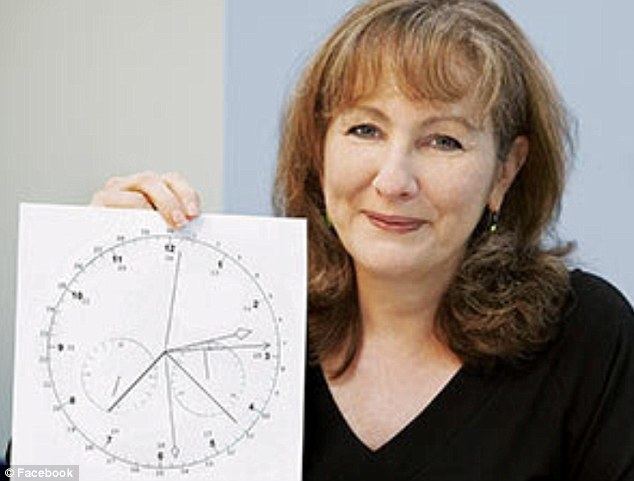 | ||
Website barbaraarrowsmithyoung.com Books The Woman Who Changed Her Brain: And Other Inspiring Stories of Pioneering Brain Transformation | ||
The woman who changed her brain barbara arrowsmith young brainlinks canada 2013
Barbara Arrowsmith Young (born November 28, 1951) is a Canadian educator, author, entrepreneur and lecturer. She is the founder of Arrowsmith School in Toronto and the controversial Arrowsmith Program which forms the basis of the school's teaching method. In 2012 she published The Woman Who Changed Her Brain which combines an autobiographical account of her own severe learning disabilities and the method she developed to overcome them with case studies of learning disabled children who she claims overcame similar problems by using her method.
Contents
- The woman who changed her brain barbara arrowsmith young brainlinks canada 2013
- Barbara arrowsmith young speaking at the neuroplasticity and education conference october 25 2013
- Early life
- Education
- Career
- The Arrowsmith Program
- References
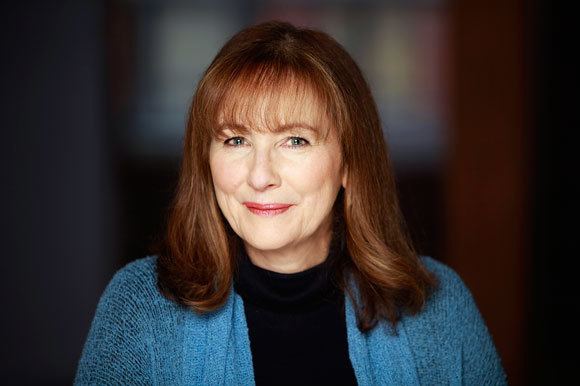
Barbara arrowsmith young speaking at the neuroplasticity and education conference october 25 2013
Early life
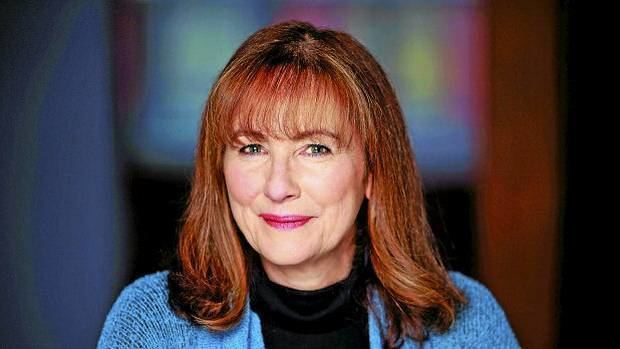
Arrowsmith Young was born in Toronto on November 28, 1951 to Jack and Barbara Young. Her father was an electrical engineer who worked for Canadian General Electric. Her mother was a teacher. As a child she had exceptional visual and auditory memory, but it was coupled with several severe deficits in other areas, including dyslexia, dyscalculia, and problems with spatial reasoning, logic, and kinesthetic perception. With the help of her mother she eventually achieved basic literacy and numeracy. However, she struggled throughout elementary and high school.
Education
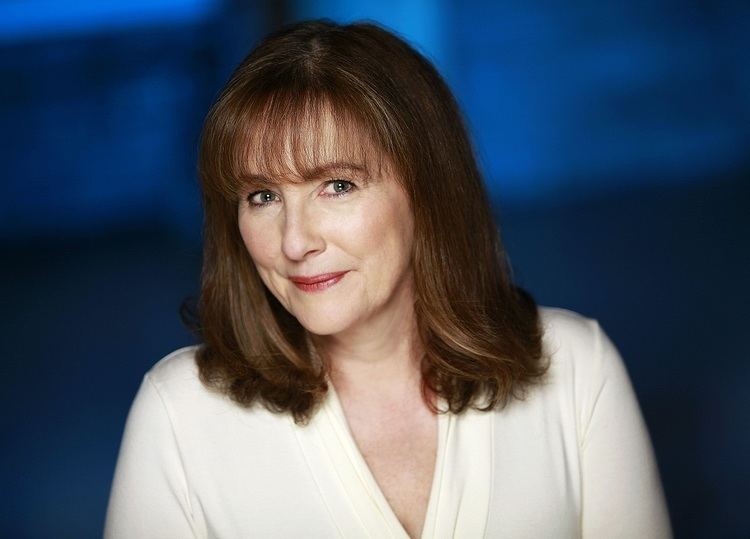
Despite her learning difficulties and the need to read research papers over 20 times before fully comprehending them, she graduated with a BA.Sc in child studies from the University of Guelph in 1974. After graduating she worked for two years as the head teacher of the university's laboratory preschool before embarking on a master's degree in applied psychology at the University of Toronto's Ontario Institute for Studies in Education (OISE). She completed her Masters dissertation, A follow up study of a clinical sample, in 1982. It examined the progress of 62 students who had been previously assessed as learning disabled at the OISE's education clinic.
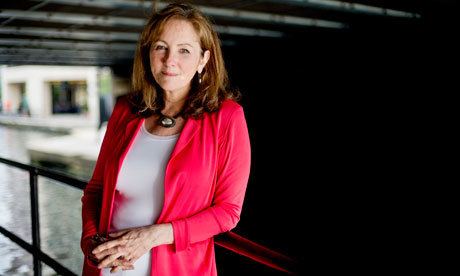
In 1977 she had met Joshua Cohen, a PhD. student at OISE who also had learning disabilities and ran a small clinic for learning disabled children. Cohen introduced her to the work of Alexander Luria. According to Arrowsmith Young, Luria's 1971 book The Man with the Shattered World which documented the recovery under his treatment of the brain-injured soldier Lev Zasetsky was profoundly influential on her, as was the work of Mark Rosenzweig on neuroplasticity. Using the ideas of Luria and Rosenzweig, she began developing a series of exercises in 1978 which she says finally helped to overcome her learning disabilities.
Career
Arrowsmith Young and Cohen married in 1980 and opened the Arrowswmith School for learning disabled children in Toronto that same year. Its curriculum was based on the exercises which Arrowsmith Young had developed for herself and which came to be known as the Arrowsmith Program. She named the school after her paternal grandmother (born Louie May Arrowsmith in 1883), who as a young girl had been one of the pioneer settlers of Creston, British Columbia. The Toronto school gradually expanded and in 1991 she and Cohen opened a second school in Brooklyn, New York. The Toronto branch was wound down and closed. However, the New York school folded a few years later, and in 1994, Arrowsmith Young and Cohen's marriage ended. She returned to Toronto and re-opened the original school. Cohen remained in New York and died there in 2000.
The Arrowsmith Program
The re-opened Arrowsmith School in Toronto attracted increasing numbers of students and eventually opened other branches. The Arrowsmith Program was also franchised to other private schools and in some public ones as well. In 2012 she published The Woman Who Changed Her Brain, an autobiographical account of how she overcame her own severe learning disabilities combined with 30 case studies of learning disabled children who she says overcame similar problems by using her method.
Her method, which was the subject of a 2008 CBC documentary Fixing My Brain, has proved controversial. Psychiatrist Norman Doidge devoted one of the chapters in his book, The Brain That Changes Itself, to Arrowsmith Young and described her approach as "an important discovery". However, the Arrowsmith Program has been criticized by several neuroscientists, psychologists and cognitive scientists, including Anne Castles, Max Coltheart, Emma Burrows and Linda Siegel, for basing its claims on anecdotal evidence. They have noted that there have been no peer-reviewed studies published which use randomized controlled trials to evaluate whether it is actually more effective than any other "brain training" programs. According to a Canadian human rights tribunal "There is no scientifically rigorous, objective evidence that supports its efficacy according to the evidence presented to the Tribunal."
Clinical psychologist and neuropsychologist Tim Hannan also points out that there have been no peer-reviewed research journals on the program, citing it as a key problem. Professor Hannan, who is the head of the school of psychology at Charles Sturt University also mentions problems that current studies of the Arrowsmith program are conducted on very small groups of participants and cites incomplete studies.
Speech pathologist Alison Clarke states that programs such as Arrowsmith have not been properly scientifically reviewed. According to her, they only provide positive testimonials and MRI scans of the brain, which she argues are pseudoscience. She also claims that parents are attracted towards such programs because of general unwillingness to analyze complex challenging scientific data and instead are easily drawn on by more oversimplified claims on scientific concepts and theories.
